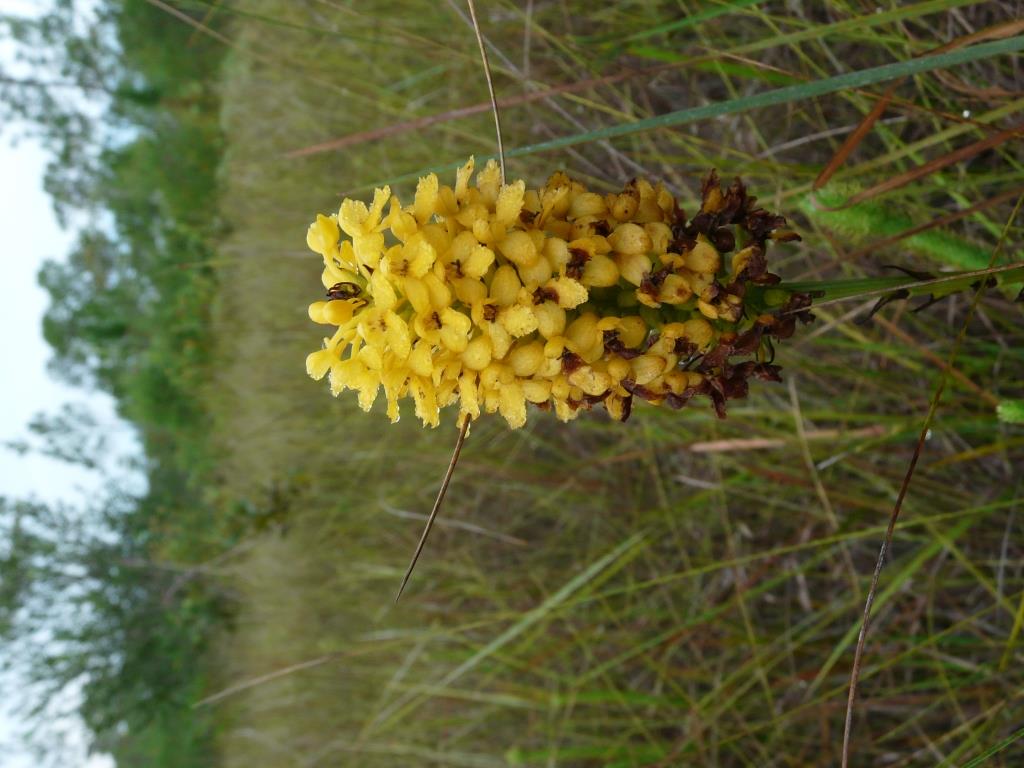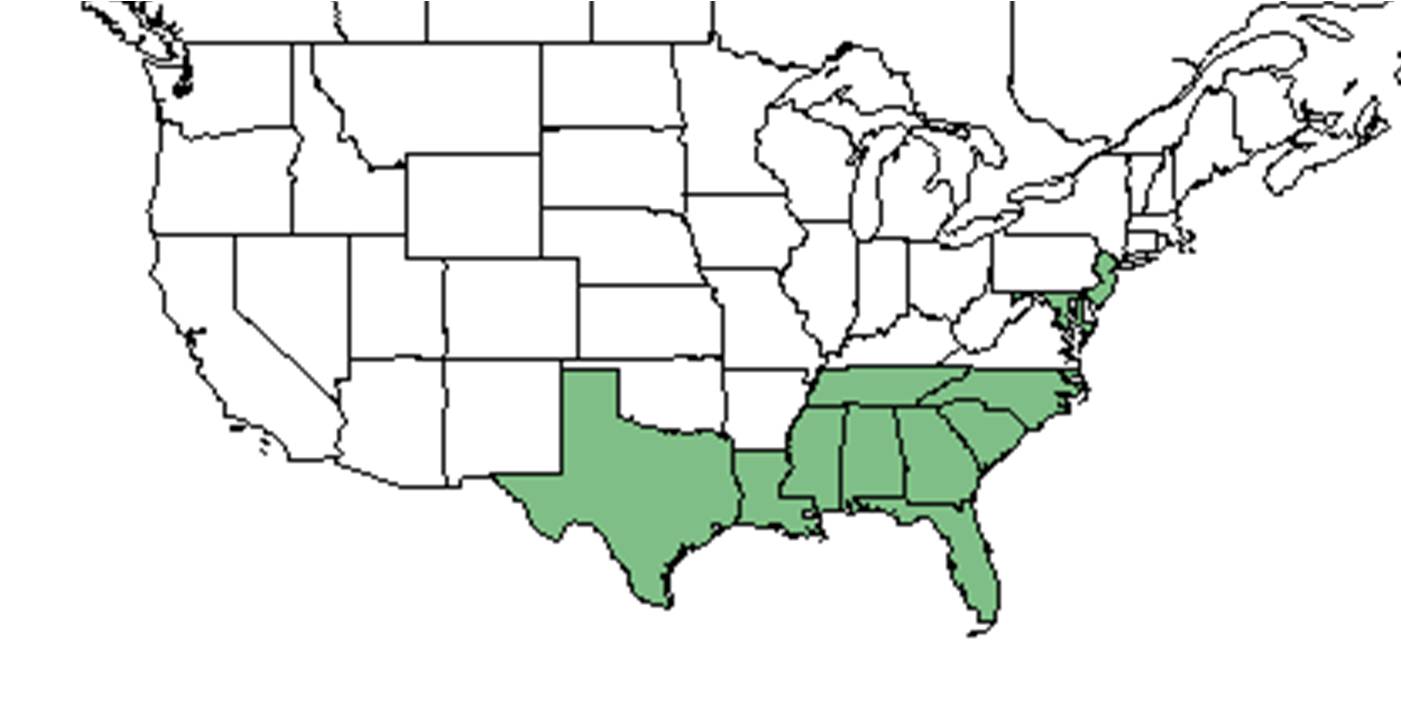Difference between revisions of "Platanthera integra"
(→Distribution) |
(→Ecology) |
||
| Line 39: | Line 39: | ||
<!--===Seed bank and germination===--> | <!--===Seed bank and germination===--> | ||
<!--===Fire ecology===--> <!--Fire tolerance, fire dependence, adaptive fire responses--> | <!--===Fire ecology===--> <!--Fire tolerance, fire dependence, adaptive fire responses--> | ||
| − | <!--===Pollination | + | <!--===Pollination and use by animals===--> |
| − | |||
<!--===Diseases and parasites===--> | <!--===Diseases and parasites===--> | ||
Revision as of 19:40, 23 June 2021
| Platanthera integra | |
|---|---|

| |
| Platanthera integra Photo by Katelin Stanley, Liberty County, FL | |
| Scientific classification | |
| Kingdom: | Plantae |
| Division: | Magnoliophyta - Flowering plants |
| Class: | Moncots |
| Order: | Orchidales |
| Family: | Orchidaceae |
| Genus: | Platanthera |
| Species: | P. integra |
| Binomial name | |
| Platanthera integra (Nutt.) A. Gray ex Beck | |

| |
| Natural range of Platanthera integra from USDA NRCS Plants Database. | |
Common names: Yellow fringeless orchid, Golden fringeless orchid
Contents
Taxonomic notes
Synonyms: Habenaria integra (Nuttall) Sprengel; Gymnadeniopsis integra (Nuttall) Rydberg
Description
A description of Platanthera integra is provided in The Flora of North America.
Distribution
Plantanthera integra is endemic to an area from southeastern New Jersey and Delaware to eastern North and South Carolina, but there is a disjunction between the Carolinas and New Jersey-Delaware, and disjunct populations in the Eastern Highland Rim and Cumberland Plateau regions of Tennessee and Kentucky.[1]
Ecology
Habitat
P. integra has been found in moist pinelands, low pinelands, sphagnous bogs, prairies, and pine barrens.[2][3] It is also found in disturbed areas like along roadsides.[4]
Phenology
P. integra has been observed flowering in February, and from July to October.[5]
Conservation, cultivation, and restoration
Cultural use
Photo Gallery
References and notes
- ↑ Sorrie, B. A. and A. S. Weakley 2001. Coastal Plain valcular plant endemics: Phytogeographic patterns. Castanea 66: 50-82.
- ↑ Emory University Herbarium accessed using Southeastern Regional Network of Expertise and Collections (SERNEC) data portal. URL: http://sernecportal.org/portal/collections/index.php Last accessed: June 2021. Collectors: Don Eyles, C. H. Ford, M. H. Goodwin, W.C. Muenscher, and Robert F. Thorne. States and Counties: Georgia: Charlton, Decatur, Early, and Lee.
- ↑ Harvard University Herbaria accessed using Southeastern Regional Network of Expertise and Collections (SERNEC) data portal. URL: http://sernecportal.org/portal/collections/index.php Last accessed: June 2021. Collectors: R. S. Cocks, D. S. Correll, H. B. Correll, C. H. Ford, M. H. Goodwin, R. M. Harper, and R. F. Thorne. States and Counties: Georgia: Charlton and Worth.
- ↑ Carnegie Museum of Natural History Herbarium accessed using Southeastern Regional Network of Expertise and Collections (SERNEC) data portal. URL: http://sernecportal.org/portal/collections/index.php Last accessed: June 2021. Collectors: W.E. Buker. States and Counties: Georgia: Coffee.
- ↑ Nelson, G. PanFlora: Plant data for the eastern United States with emphasis on the Southeastern Coastal Plains, Florida, and the Florida Panhandle. www.gilnelson.com/PanFlora/ Accessed: 12 DEC 2016